Film Breakdown: Seahawks Revert Back to Defensive Roots Schematically vs. Steelers
After using the look with great success to close out last season, the Seahawks entered 2021 with a new base defense established: bear fronts. However, Week 6 appeared to mark the termination of the planned core defenses of "stick," “falcon," and a sprinkling of "base under." After beginning the campaign with a continuation of bear-as-base, defensive coordinator Ken Norton Jr called bear-family defenses on just six of the team's 70 defensive snaps in Sunday's loss.
Instead, Seattle returned to 4-3 over fronts. Most noteworthy was the usage of their “stone” family. In prior weeks, this was used mainly as a package to attack little-used 13 personnel formations with three tight ends on the field where duo run concepts are prevalent. Yet, Week 6 saw this reduced over front, that often looks like a 6-2 in structure, used far more regularly. It places the SAM linebacker down to the flex side of the formation, away from the “Y” tight end. Meanwhile, the strong safety plays close to the line of scrimmage to the “Y” tight end.
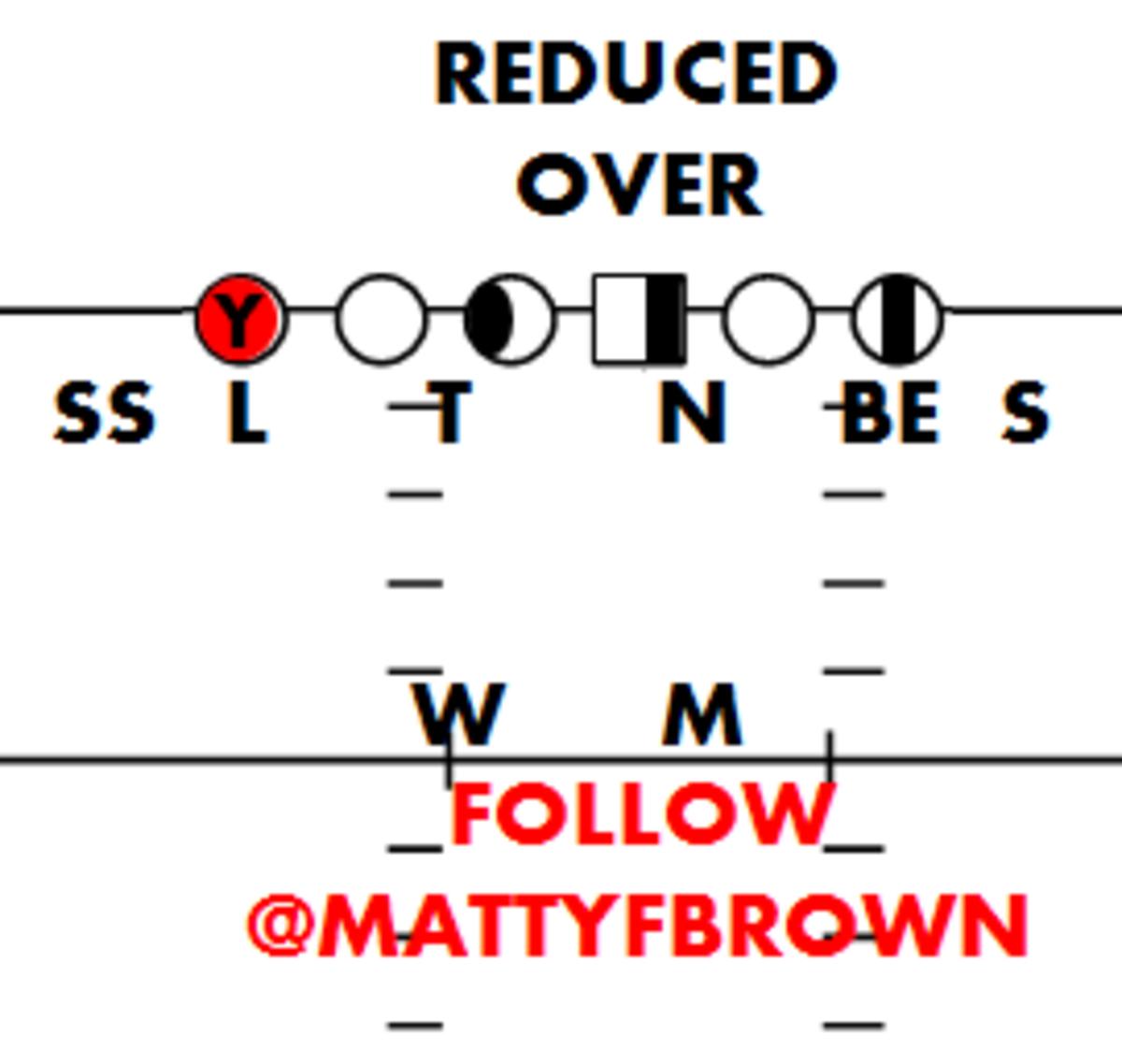
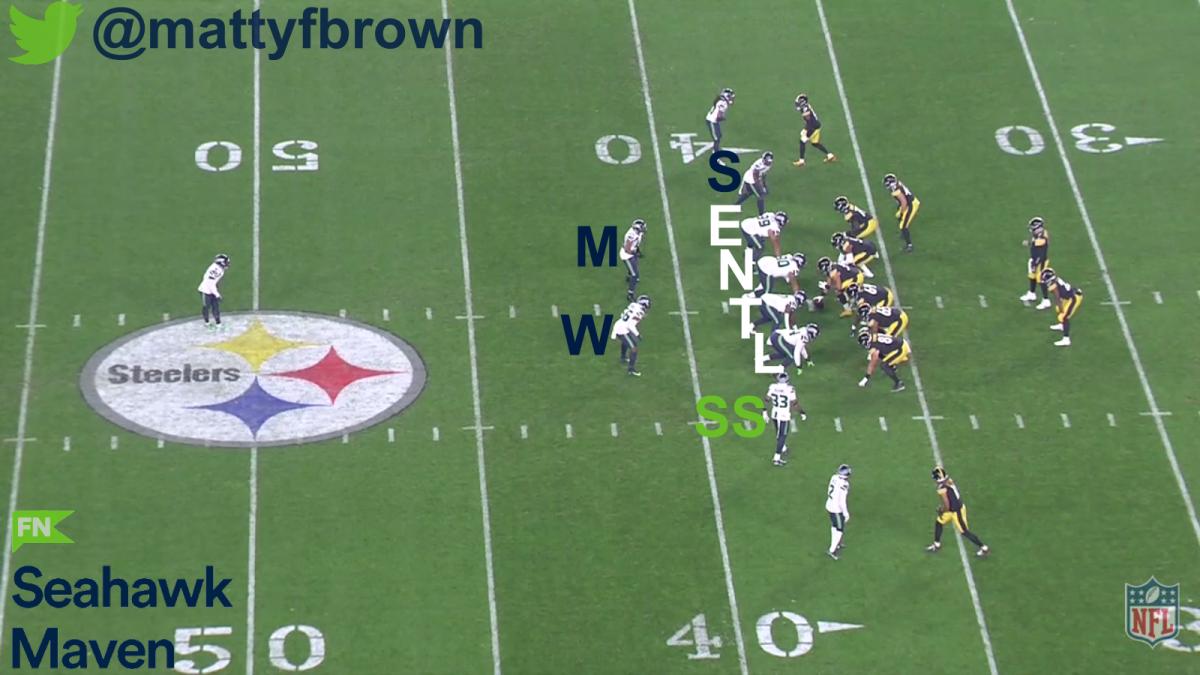
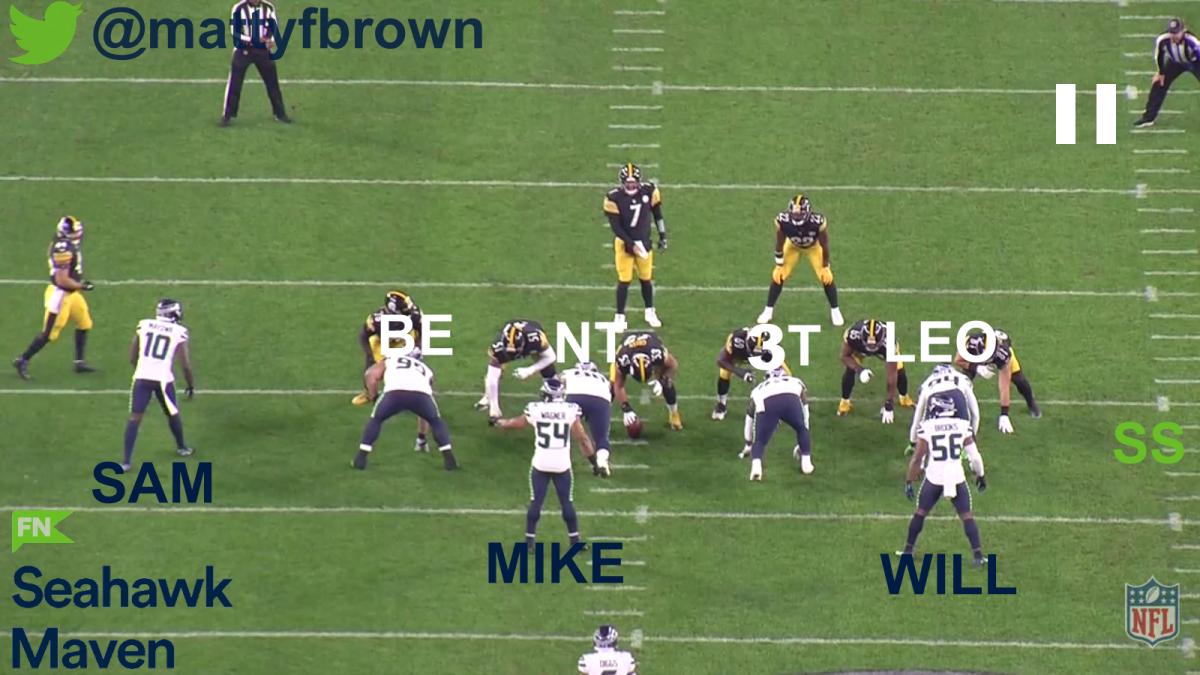
Why does that matter? As explained by my colleague Corbin Smith in the video below, star strong safety Jamal Adams is now able to be closer to the line of scrimmage more easily and regularly thanks to the even spacing of the front. Conversely, the odd spacing of bear fronts required Adams to be more regularly off the ball to solve the issues bear can experience, which explains his higher snap percentage as a free safety this year. In bear fronts, Adams could only be an additional edge defender if the offensive formation and personnel allowed for it.
When Pete Carroll was at USC, he deployed strong safety Troy Polamalu in similar, reduced 4-3 alignments and assignments. Polamalu spent a lot of time down at the line of scrimmage.
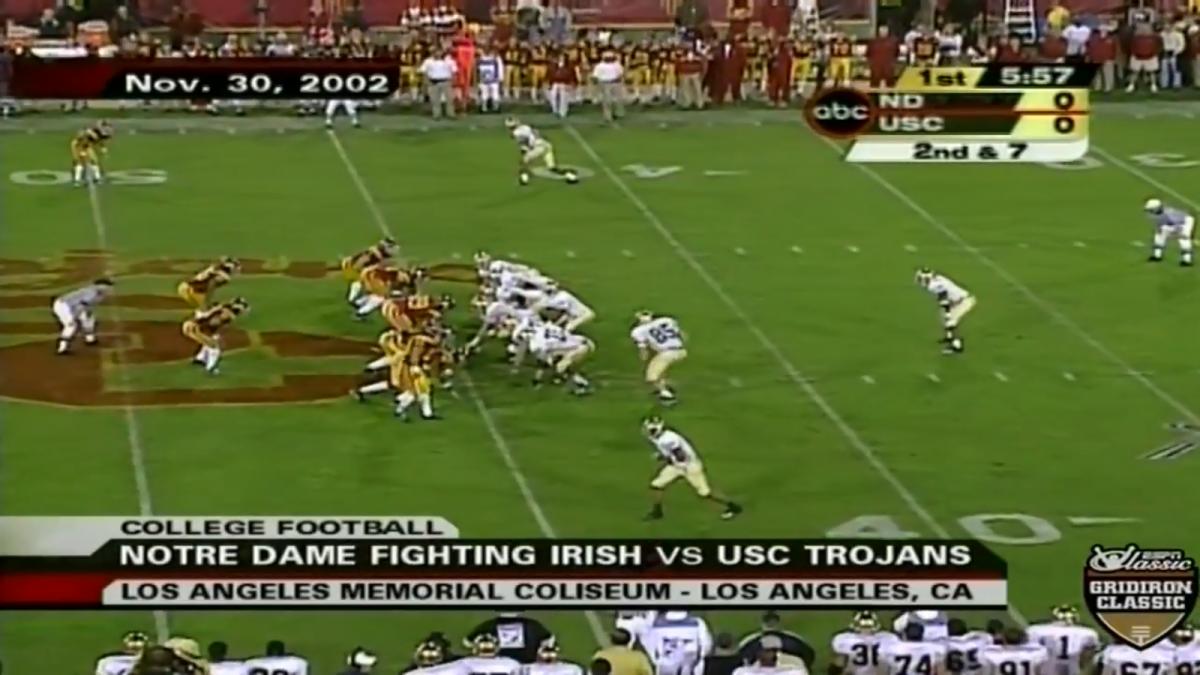
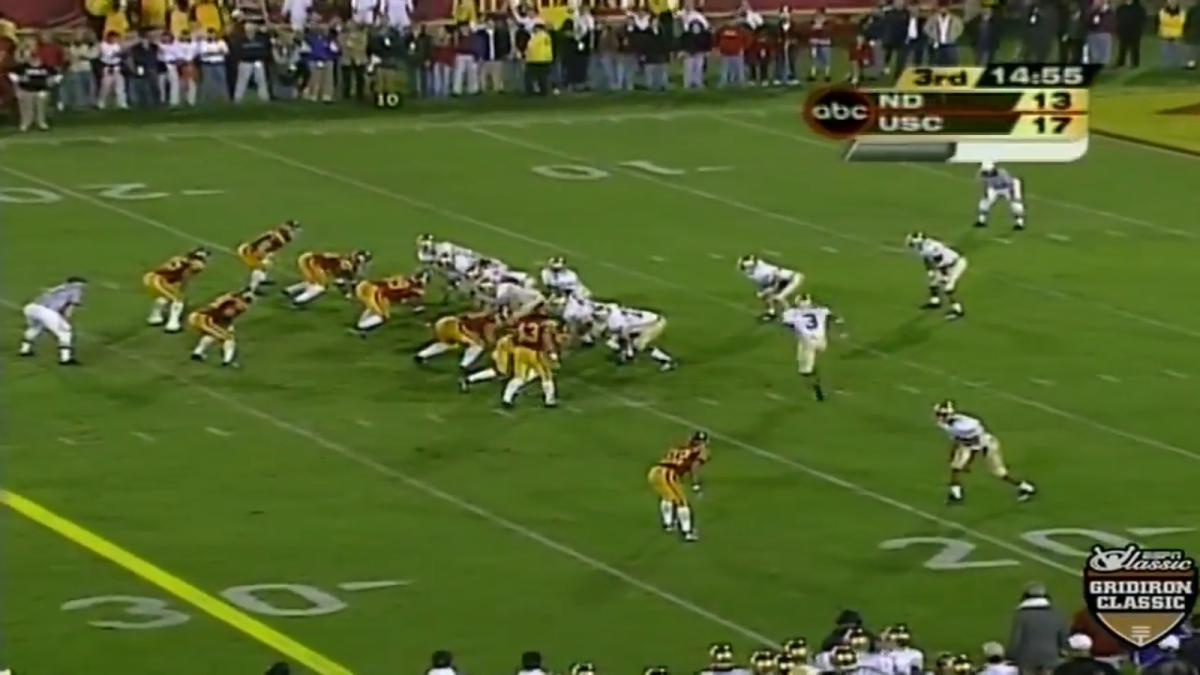
While Adams could align down at the line of scrimmage in bear, this was more reliant on the offensive formation and personnel allowing it. Similarly, Seattle choosing to blitz Adams from the over front looks will require less moving parts and will be able to develop quicker.
Even if Adams is off the line of scrimmage due to the offensive formation requiring that (say they form a slot to his side) he is still the overhang defender and therefore can be brought with little schematic headaches. Furthermore, the Seahawks are largely an over front team in clear pass situations anyway, so the reduced over move on early downs fits well with this.
As noted by ESPN's Brady Henderson, Adams wound up rushing the passer for a season-high eight snaps on Sunday in Pittsburgh, more than doubling his weekly average for the first five games. He was also very active against the run game, helping limit running back Najee Harris to 3.4 yards per carry on the night, and playing more snaps near the line played into his aggressive nature flying into the backfield to make plays behind and at the line of scrimmage.
Jamal Adams rushed the passer on a season-high eight snaps Sunday night. That was right around his per-game average from 2020 (8.25) and more than double his average from the first five games of this season (3.4). https://t.co/WJFZa84IqK
— Brady Henderson (@BradyHenderson) October 19, 2021
There were other influences on these rushing figures - like Adams lining up at 'defensive end' in a 3-1-7 bandit package, overload front. Nevertheless, expect Adams to be sent at the quarterback more in base situations too now that the Seahawks are less beholden to the offense's look for this to happen.
On the SNF broadcast, Chris Collinsworth had clearly received the inside scoop.
“Didn’t take long did it? There’s Jamal Adams right down at the line of scrimmage and he is going to play things a little bit differently tonight, we believe,” the color commentator said after the very first play, one which Adams played down in the stone front. “He’ll be closer to the line of scrimmage than he has been all season long in this one.”
Asked on Monday by 710 ESPN Seattle’s Mike Salk whether this was a one-game deal, coach Pete Carroll made it clear: Adam's deployment closer to the line of scrimmage will continue.
“No, we gotta do it moving ahead,” Carroll answered.
The advantages of bear for Seattle were how it enabled the defense to play under center play action bootlegs, allowing the second level defenders to slow play their run fit versus wide zone action due to the lack of a B gap bubble. Yet in 2021, most of the offenses the Seahawks have faced have not run the concepts that bear killed in 2020. Meanwhile, Seattle’s defensive front issues have arrived largely versus bear-designed beaters.
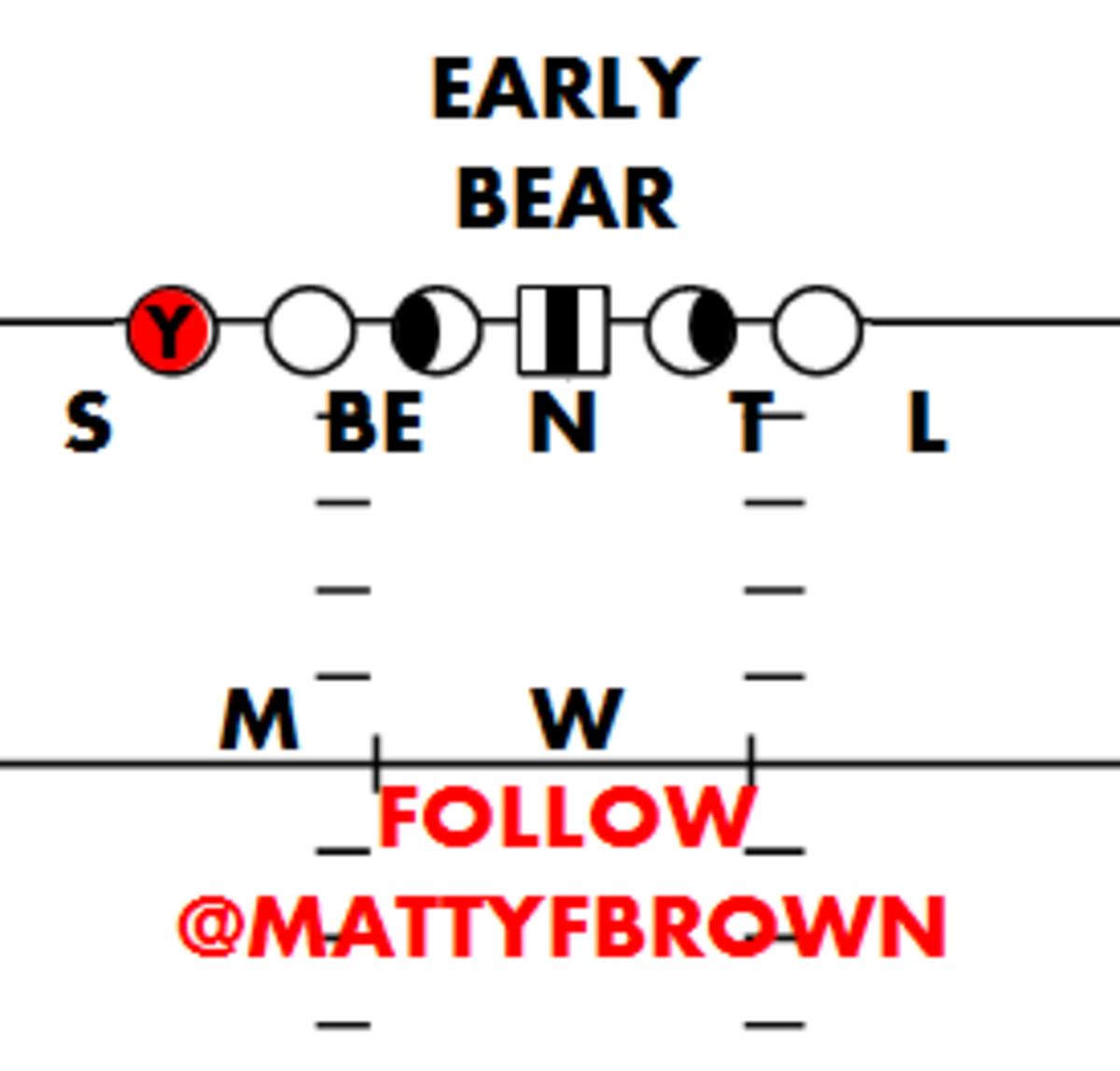
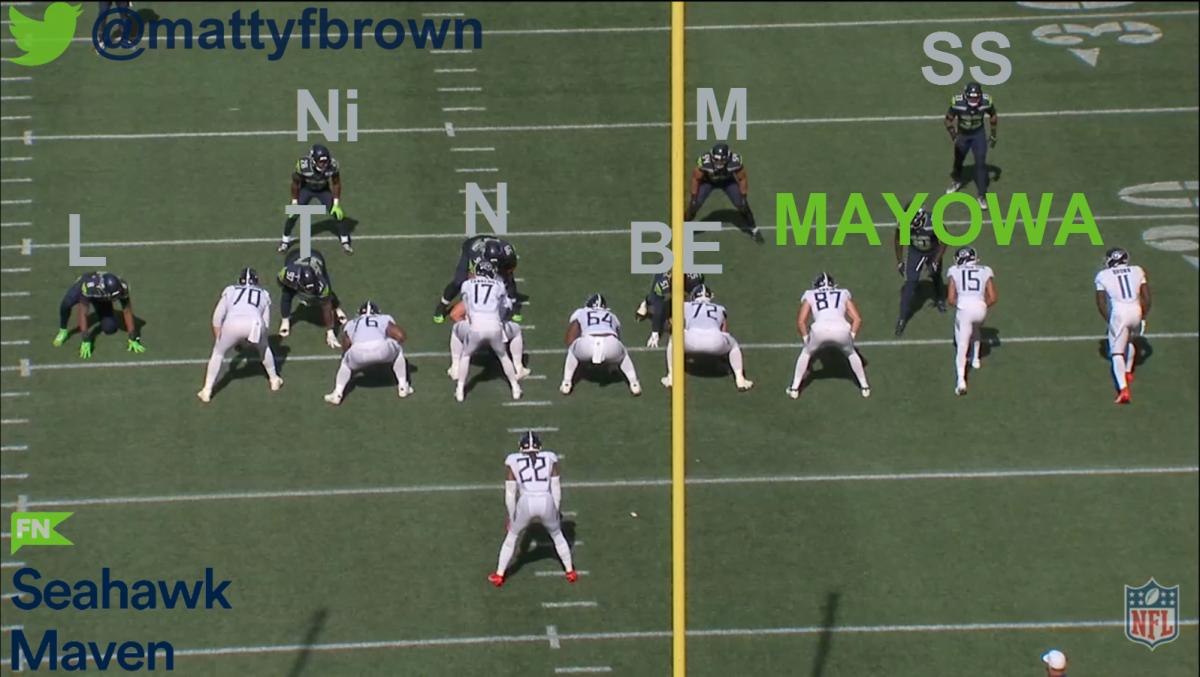
When the big end-type player has not been Al Woods or Poona Ford, issues have arisen. Kerry Hyder Jr, Robert Nkemdiche, and L.J. Collier have each experienced a varying degree of issues when trying to execute the one-and-a-half gap role versus zone combo blocks in bear, often getting overpowered at the point of attack. Stone gives them the added security of placing a shaded nose tackle to that same side, a man who will be power stepping instead of the head-up, mirror-stepping of bear fronts.
When star linebacker Bobby Wagner was questioned as to why the run defense has struggled despite the bear fronts, in theory, helping the run defense, the middle linebacker’s answer proved illuminating.
“Because it’s in theory,” Wagner responded last week. “You know, a lot of stuff is on paper. But, you know, we have some extremely smart offensive coordinators in this league and so, on paper, you know you have gaps, all the gaps should be checked out, but you add a motion, you add a puller, you bump a 3-technique out of his gap, cut off a Mike. There’s a lot of different things.”
League-wide, employing more bear fronts is in-vogue. Add in that the Seahawks put a ton of bear usage on tape in 2020 and it’s little surprise that offenses have grown better at attacking the front. The ways that Wagner described are just some of the methods that attacks have looked to move the football.
Reduced over fronts pinch the four defensive linemen tight, covering up the offensive linemen. This keeps the two off-ball linebackers behind clean. The offensive line is punished for staying on combo blocks for too long and this is the reason why “Stone” remained a part of Seattle’s defense even when bear was the base, because 13 personnel duo looks to stay on doubles for a while.
“I think it was better, like I said we went to a different front, it was a lot more cleaner for the linebackers, the safeties,” Jordyn Brooks told the Seahawks’ YouTube channel after the Pittsburgh game. “There’s still stuff that we’ve got to clean up obviously. That’s a good back that they have, obviously. And I think with that front that we have, moving forward, we should be great.”
The second-year linebacker is clearly a fan of these looks. The crucial aspect to this discussion is obviously that no defense is infallible.
“It’s no different than any other defense that you run, whether it’s an over front, or an under front, or whatever the case may be, there is a weakness or soft spot in the defense and, you know, our job is to make sure that they don’t find it,” Wagner added. “And their job is to make sure they find it.”
My first article for Seahawk Maven looked at the issues Seattle’s defense was experiencing in 2019 with reduced over fronts. Once more, smart attacks will look to jet motion into play action, post-wheel combinations to the SAM linebacker’s side that suck up that curl-flat, wheel-carrying zone, run off the cornerback, and then throw the wheel to the space in behind.
Seattle Seahawks cover 3 buzz with 6-1 front v Cincinnati Bengals Flea flicker Post-Wheel pic.twitter.com/ylrBHEAggh
— Ultra Rare Tape (@UltraRareTape) October 18, 2019
The 2021 Seahawks have been playing this route combination slightly differently at times in Cover 3, stressing the cornerback midpoint in the deep 1/3 to stay secure for the wheel route, letting the post run downfield into space they hope the free safety can close from the deep middle 1/3, understanding that the post doesn’t get thrown. Yet.
The above will be the next schematic battleground, along with tosses to the weakside where a sniffer or fullback kicks out the SAM linebacker and the tackle is able to down-block the big end aligned on his inside shoulder, widening the C-Gap. For more explaining Carroll's selection, usage, and history of defensive fronts, read this article.
